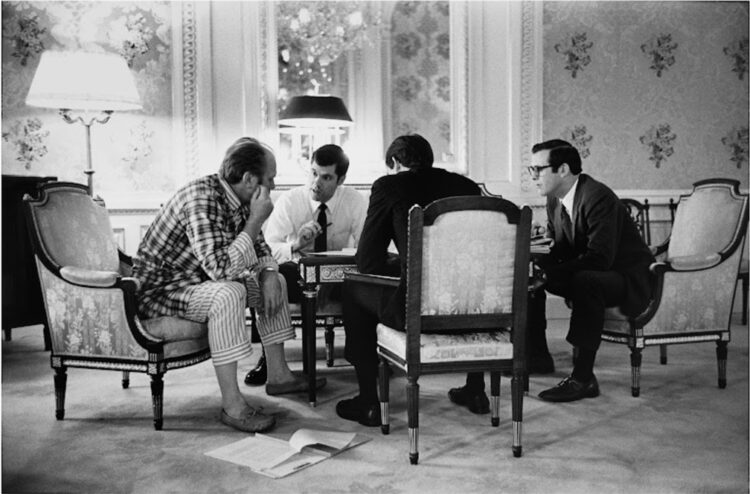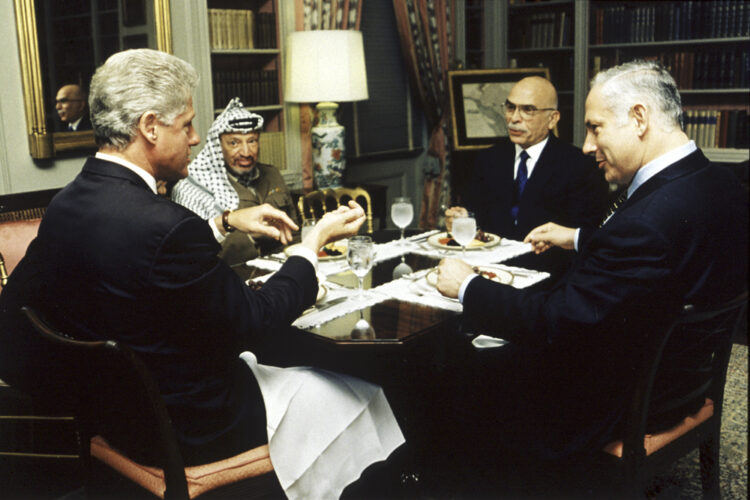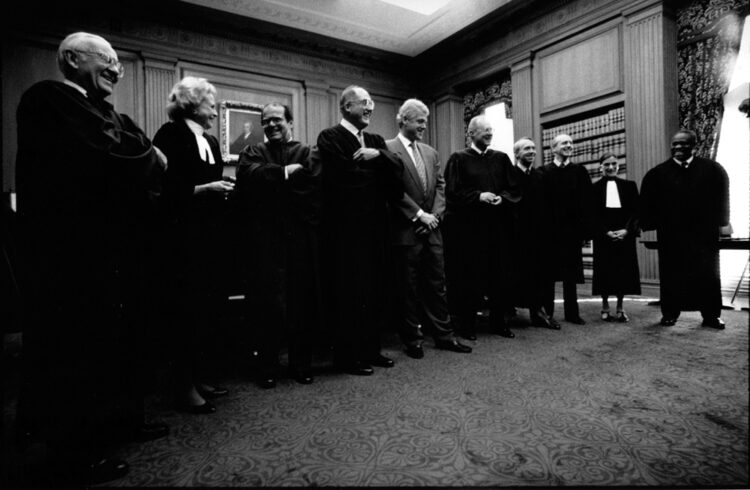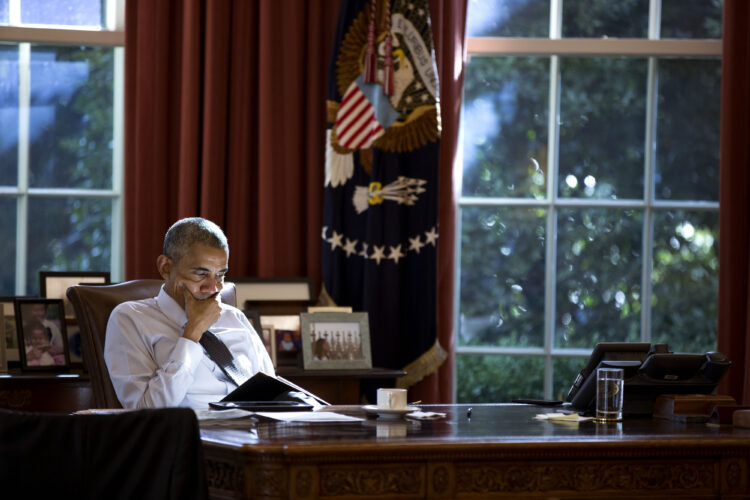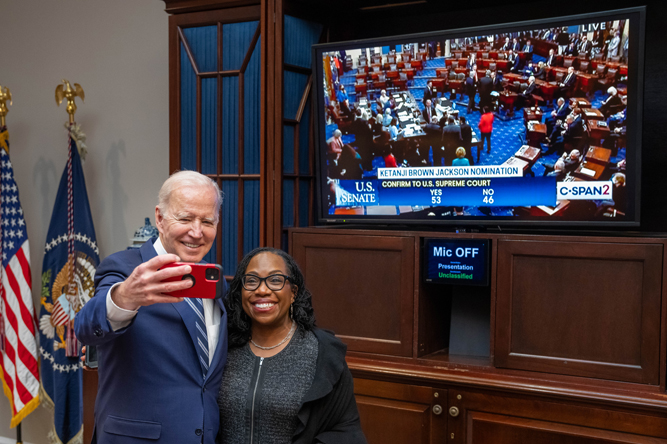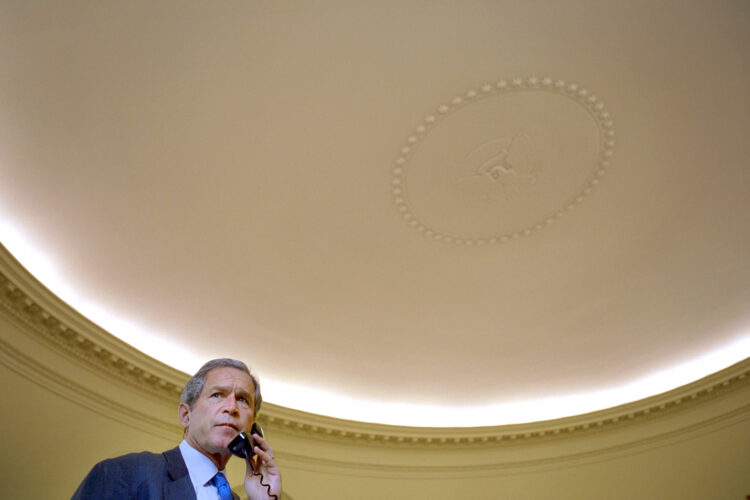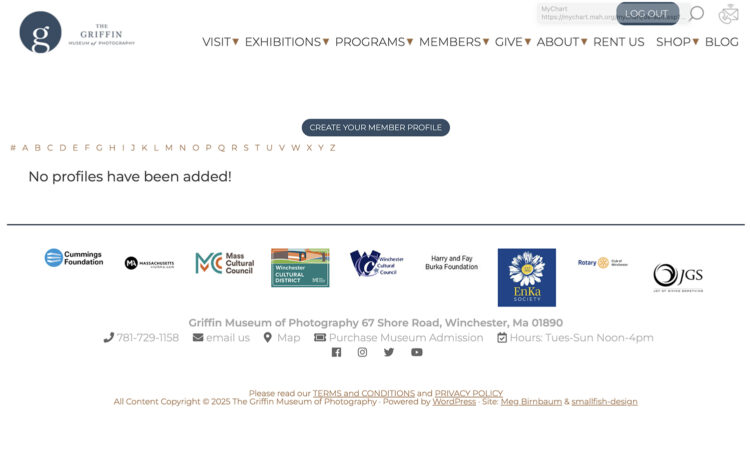The commodification of the commonplace became a running theme of the COVID-19 pandemic. Having made homebodies of us all, COVID-19 created absurd rolling shortages, of flour, hair dye, and of course, toilet paper. This was the genesis of the work by the Rolls & Tubes Collective. In this work, each of the four artists reinterpreted a known photograph in the arc of contemporary, and the history of photography, utilizing toilet paper as an element of the image.
The artists who comprise the collective –
Colleen Mullins is a photographer and book artist. She has garnered numerous grants and fellowships, including two McKnight Fellowships, four Minnesota State Arts Board Grants, and in 2020, she was a nominee for the Leica Oskar Barnack Award for her project “Expositions are the timekeepers of progress”. Additionally, she has been an artist in residence at the Vermont Studio Center, the Penland School of Crafts Winter Residency, and In Cahoots Residency. Mullins’ work is in the collections of the US Embassy in Moscow, Ogden Museum of Southern Art and Southeast Museum of Photography, among others. Her publications include Photo District News (PDN), The Oxford American Eyes on the South, The New York Times Lens Blog, and numerous textbooks. She has authored articles for Afterimage and PDNedu. Recent exhibitions include Griffin Museum of Photographic Art, the North Carolina Museum of Art, and Tilt Institute for the Contemporary Image with the Rolls & Tubes Collective.
Jenny Sampson was born and raised in San Francisco and currently resides in Berkeley, California. She earned a B.A. in Psychobiology in 1991 at Pitzer College and has since dedicated her time to her photographic endeavors: wet plate collodion, traditional black and white photography and commissioned portraits. Sampson is a member of The Rolls and Tubes Collective. Her first monograph, Skaters, was published in October 2017 by Daylight Books and Jenny’s Skater Girls in September 2020.
Nicole White is a Bay Area artist and curator. White uses historical and contemporary photographic processes to examine the medium’s varied functionality while looking at the American cultural landscape. She holds a BFA from Massachusetts College of Art (2002), a MA in Art History from the University of Connecticut (2010) and a MFA in Studio from the School of the Art Institute of Chicago (2012). She is a Professor of Art (Photography) at Diablo Valley College in Pleasant Hill, CA. In 2021, she published a book, Rolls & Tubes: A History of Photography, in collaboration with Christy McDonald, Colleen Mullins, and Jenny Sampson.
Christy McDonald uses photography as a way of engaging with the world and exploring the varied cultural and social conditions she encounters. Based in the San Francisco Bay Area, Christy holds a B.A. in Art (photography) from UC Berkeley, is a member of the Rolls and Tubes Photographic Collective, and has ongoing personal projects in parts of the Middle East and the California Central Valley.

